Procedure texts in the development, preservation and communication of expert knowledge
Project leader: Prof. Dr. Annette Warner (Imhausen)
Formal normative orders of knowledge can already be found in the earliest written collections of knowledge. Procedural texts play a prominent role in this. Procedure texts exist at various times in different cultures (e.g. in Egypt and Mesopotamia, but also in classical antiquity) for various (natural) scientific fields as well as other areas of knowledge. The aim of our project was to comparatively examine procedure texts from different areas of pre-modern cultures.
In a first workshop (Workshop: Procedural Texts from Mesopotamia and Egypt; July 2 – 4, 2010, Forschungskolleg Humanwissenschaften, Bad Homburg v.d.H.) procedural texts from Egypt and Mesopotamia were analyzed and discussed. Representatives from the research fields of law (Birgit Jordan, Sandra Lippert, Guido Pfeifer), mathematics (Christine Proust, Jim Ritter, Annette Warner (Imhausen)), medicine (Mark Geller), ritual (Andreas Pries) and divination (Daliah Bawanypeck) were invited. An overview of Egyptian (Annette Warner (Imhausen)) and Mesopotamian (Jim Ritter) procedural texts was given by way of introduction.
A whole series of similarities were found between the individual procedure texts – this was expected in part in a similar form and formed the starting point of our project. The similarities include specific formal structures, which are expressed in the use of certain grammatical forms as well as certain technical terms.
The parallel use of the normative verbal form in ritual texts and mathematical texts supports the affiliation of the “scientific” texts to other areas in the emic categorization of Egyptian knowledge, which had previously been studied separately.
Another area that was noticeable in several sources is the implicit knowledge that can be partially evidenced in the procedures. This can cause considerable difficulties for a modern observer, but on the other hand it is an interesting aspect to examine more closely: what is explicitly prescribed in the procedure texts, and what is implicitly expected?
The workshop also raised the problem of the abstract characterization of procedure texts. While many examples were obviously procedural texts in the naive understanding of the word, there were also examples of texts that reflected a procedure but were not, strictly speaking, procedural texts themselves; similarly, there were text corpora, e.g. divinatory texts, in which only some of the sources were actual stand-alone procedures.
Based on the knowledge gained and the resulting questions, the project was continued in the second term with the project “The normativity of formal orders and procedures in antiquity – a comparison of mathematical and legal rule systems”.

